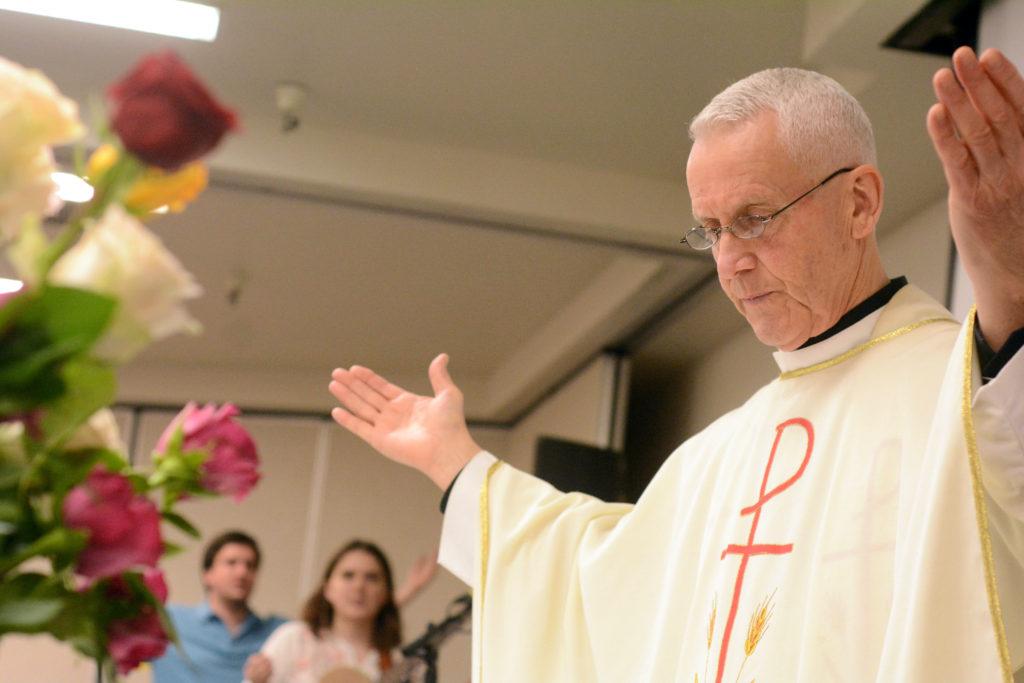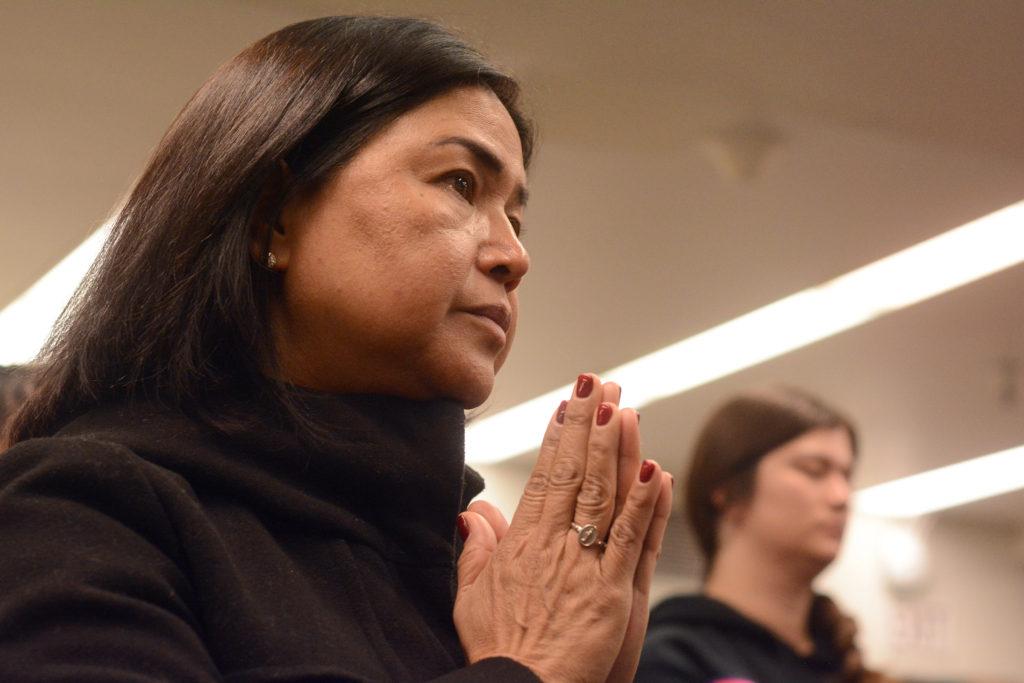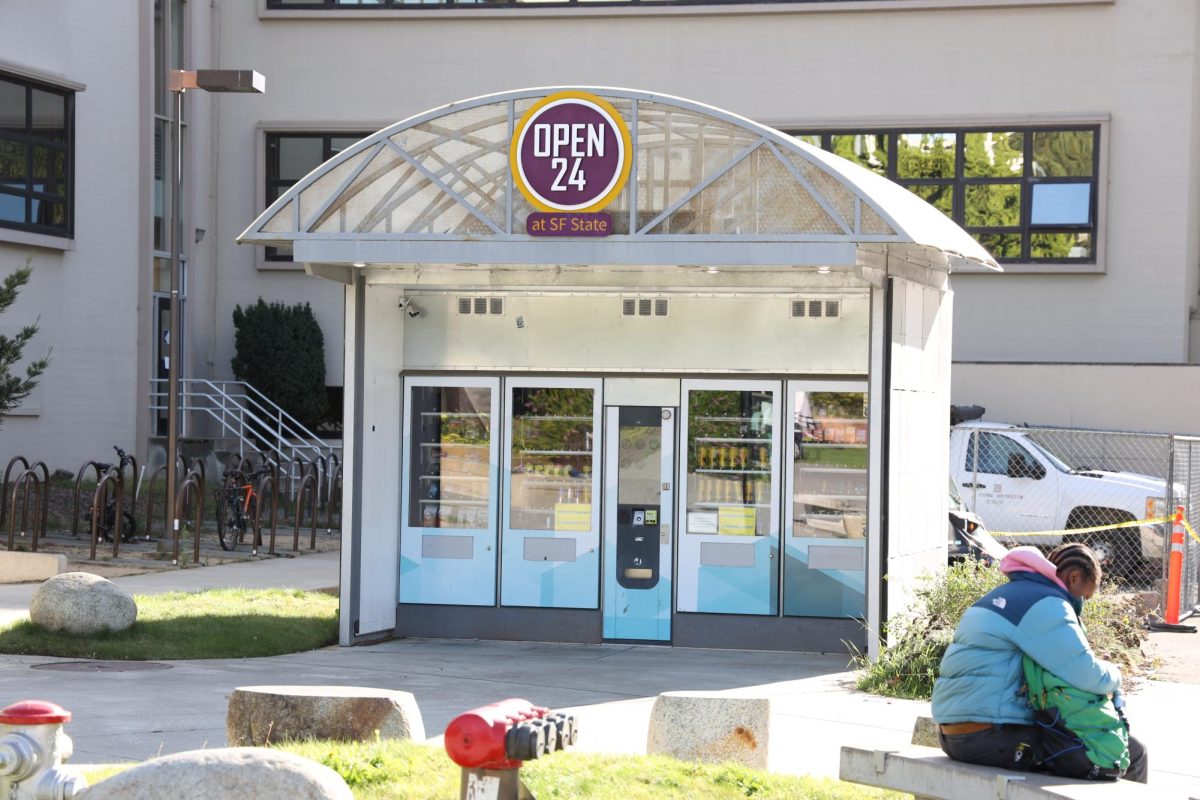Our Lady of Guadalupe has represented unconditional love and protection far before she became a pop culture reference in fashion and art. On Dec. 12, 1531, her miracle served as the catalyst to build the Basilica of Our Lady Of Guadalupe in Northern Mexico and inspired a Catholic celebration every year since.
San Francisco houses 50 Roman Catholic churches with 120,998 adherents, which makes up more than 15 percent of the San Francisco population. Yet, the Lady of Guadalupe transcended Catholicism and became a symbol of Mexican identity; an idol we turn to in times of need.
Her miracle, a tilmá, an Aztec outer garment worn by men, was marked with her image and became by far the most revered religious artifacts in the Western hemisphere.
The story explores themes of class, identity and faith. She presented herself to Juan Diego, a new Catholic convert who was of the lowest of Aztec class, speaking his native tongue while resembling his people. This was in a time of conquest where the indigenous population was thought of as less than and Catholicism reigned supreme.
“Let not your heart be disturbed. Do not fear that sickness, nor any other sickness or anguish. Am I not here, who is your Mother? Are you not under my protection?” said Our Lady of Guadalupe on her fourth apparition.
Her influence is seen everywhere. Take a stroll down the Mission, and you see her image on everything from blankets to jewelry to murals. There’s a sense of security that stems from her image.
“The Virgin is so important because she is Mexico, and she is one of the people. She is the mother that everyone knows, because everyone has a mother (something that cannot be said of fathers in Latin America),” said Allen Yeh and Gabriela Olaguibel in The Virgin of Guadalupe: A Study of Socio-Religious Identity.
To some, this is nothing but a myth, to others a cult, but her portrait continues to transcend religion. Our “morenita,” a term of endearment for her brown skin, is not only arguably a fictitious religious figure of faith, but also an icon of social justice. She is both a symbol of conquest and liberation.
The story of her apparition was told both in Spanish and Nahuatl, which helped convert a large population of indigenous people to Catholicism. This is also the first time in Western Catholic history where the mother of god appeared in the image of the native people. Nearly every Latin American country that was conquered in the past created a unique version of Our Lady of Guadalupe they can identify with.
In the 1900s, her identity shifted toward a revolutionary icon representing Mexico’s patriotism and liberation from the Spanish institution that had once cemented her into the hearts and minds of the indigenous people. Miguel Hidalgo, a leading figure in the Mexican War of Independence of 1810, used her image when he launched his rebellion against the Spanish because “embracing the Brown Virgin was a conscious act of putting down roots in the New World.” Emiliano Zapata Salazar, another leading figure in the Mexican Revolution, also famously carried her image as he entered Mexico City in 1914.
In the 1960s, she became a patron of the civil rights movement for Chicanos and since then has been instilled in the cultures of Mexican-Americans as a vital symbol of our identity. She has always been of the people for the people, which has become significantly important to the Mexican-American experience that has historically not been represented or acknowledged because of its mixed race.
As a first generation Catholic Mexican, my perception of her has gone beyond the religious teachings I was once told. By examining her role throughout history, we can all see the true value Our Lady of Guadalupe, in a society where religion and culture are quite often meshed.













Lara • Apr 12, 2023 at 12:20 am
I miss you so much mama there’s not a sec i dont think of u .. I need you the most right now